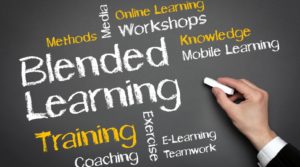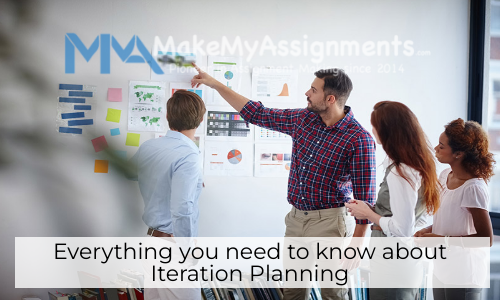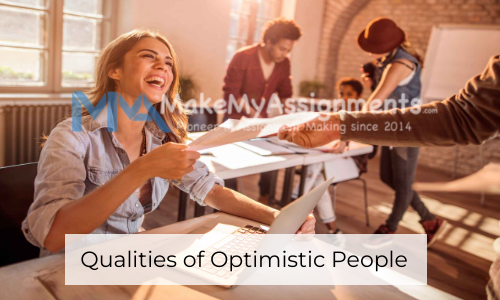Blended Learning: advantages and disadvantages
The Blended Learning is the combination of e-learning with the traditional classroom methods and independent study, to create a new hybrid teaching methodology. Students attend face to face class with the teacher and also complete online components independently outside the classroom. Online learning is a part of the classroom-based course, which includes video-recorded lectures, live videos or text chats. Besides of working alone on online lessons, some students occasionally meet their teachers to review their learning progress, ask questions or discuss their work.
ADVANTAGES
• The online and in-person learning go parallel and complement one another. If the students are struggling with any particular topic, they can access resources online and also get the help from their instructor. Students can utilize specific multimedia activities that serve to their performance goals. Instead of sitting through long hours training, students can get instant access to the information they require to improve their performance and skill sets.
• Education can be very expensive. The costs keep adding up by reordering textbooks to keep them up to date. Students bring their own technology devices to class so that they can take advantage of the provided learning software, and this helps the school to save some money. Students who are also working are improving the company’s bottom line as oppose to using valuable resources instead of just sitting in a training room. The training process in blended training is more efficient and don’t require as much money or time as the traditional training. There is no need of printed materials as the training courses can be updated and expanded instantly.
• It is easy to collect student data through software used in blended learning which helps in measuring their academic progress. Teachers can easily keep track of the students and clearly see in which areas each student in improving and where they may need a little more guidance and act accordingly. Organizations can also figure out which activities are more productive and which are required to be improved to meet performance goals.
• The course commenting, discussion boards and online assignments, encourage students for teamwork. You get the best of both the worlds in the blended learning classroom, with online as well as offline collaboration opportunities.
• As the digital skills are necessary for everyone, students need to be prepared to take high-stakes assessments on the computer starting from the young age. Students need to acquire digital literacy and add a substantial collection of digital skills on their resumes for their career. Through a blended learning students can learn both the course matter and digital skills of today.
DISADVANTAGES
• To get the useful results, it is important that the facilitators and the students should be aware of how to use the learning technology provided. If you are using unreliable learning technology tools, then it is just the wasting of the resources instead of improving ROI. Before you implement the blended learning program in the workplace, it is vital to find the right tools. Choose the devices and software that meet your needs and also fit into your overall training budget.
• In the primary stages, there is a considerable amount of extra teacher’s work is involved. A teacher using blended learning has to make the right syllabus, the perfect ratio between face to face and online learning, as there is no fix universal curriculum is made for the blended learning.
• One of the biggest disadvantages of the blended learning is the learning load. Being new to the mixed model, some of the teachers may over deliver the content and educational activities. It can be beneficial if delivered according to individual student needs, but can be challenging in bulk.
• Once the classes have official internet, it’s hard to resist the temptation of searching things or getting instant tips on the web. This may affect the quality of assessments and coursework. Teachers need to make the students aware of the danger of unverified online resources, such as bias, manipulation, and misrepresentation of facts.
The success of blended learning course is dependent on the ideal goals, and the learning purpose is to achieve at the end of the course. The primary objective is to build such blended course that can balance the best of both the worlds, online learning and face to face learning, to help the students achieve the course goals.
This article has been written by the assignment helper at Make my assignments.
Stay connected for more…




